A team of Egyptian archaeologists have unearthed a 3,200-year-old tomb believed to belong to a high-ranking military commander from the reign of Pharaoh Ramesses III, often considered the last great pharaoh of ancient Egypt.
The remarkable discovery, made at the Tell el-Maschuta site in northeastern Egypt, sheds light on the region’s strategic role in defending the nation’s eastern borders during the New Kingdom (spanning roughly 1550-1070 BCE).
The tomb itself, constructed from mud bricks, consists of a main burial chamber and three adjoining rooms, their walls coated in white mortar. Inside, archaeologists uncovered a trove of artefacts indicating the high status of the man buried.
Among the most significant finds was a gold ring bearing a name inscription of Ramesses III, along with bronze arrowheads and a small ivory box - clear evidence to suggest that the tomb belonged to someone of high military importance.
Another particularly intriguing discovery was a collection of inscribed pottery vessels bearing the name of Pharaoh Horemheb, who reigned over a century before Ramesses III. Once a military leader himself before ascending to the throne (1323–1295 BCE), Horemheb’s name appearing within the tomb suggests that the site may have been repurposed over time.
Archaeologists also found alabaster vessels, semi-precious stones, and amulets depicting protective deities Taweret and Bes, as well as the Eye of Udjat, a symbol of healing and well-being in Egyptian mythology.
Other recent ancient Egyptian discoveries
The discovery of the military commander’s tomb adds to a series of major Egyptian archaeological finds this year. Just last month, archaeologists unearthed the tomb of Pharaoh Thutmose II - the first pharaonic burial site found since Tutankhamun’s in 1922.
Discovered by a joint British-Egyptian team led by Dr Piers Litherland, the tomb was hidden away in the Western Valleys of the Theban Necropolis, near Luxor.
Mohamed Ismail Khaled, the secretary general of Egypt's Supreme Court of Antiquities, said in a statement that the discovery was “one of the most significant archeological breakthroughs in recent years.”
Days later, the same team announced they may have located a second tomb belonging to Thutmose II, buried 23 metres beneath a carefully disguised mound of rubble, limestone, ash, and mud plaster. Litherland believes the tomb could contain the pharaoh’s mummified remains and grave goods. “The best candidate for what is hidden underneath this enormously expensive, in terms of effort, pile is the second tomb of Thutmose II,” he told The Observer.
And earlier this year, a French-Swiss archaeological team in Egypt made another remarkable discovery - the tomb of a high-ranking wizard-doctor who served the pharaohs some 4,000 years ago. Inscriptions identify the tomb’s owner as Tetinebefou, a celebrated doctor during the reign of King Pepi II (circa 2305–2118 BC).

 23 hours ago
4
23 hours ago
4
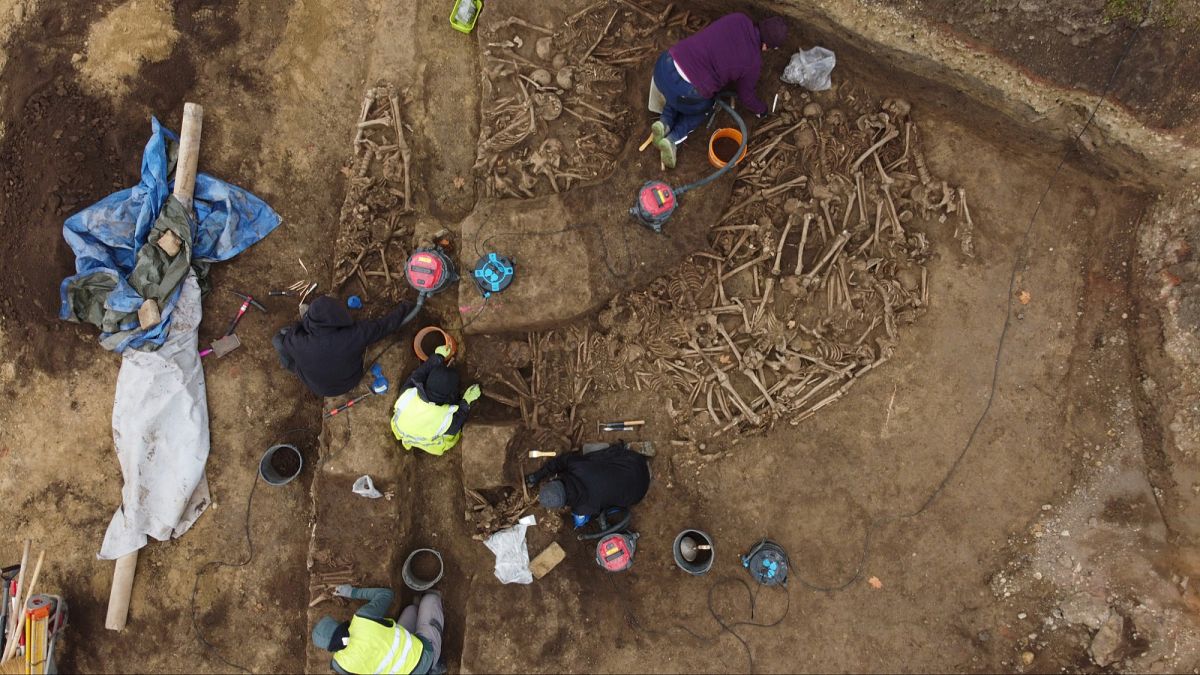
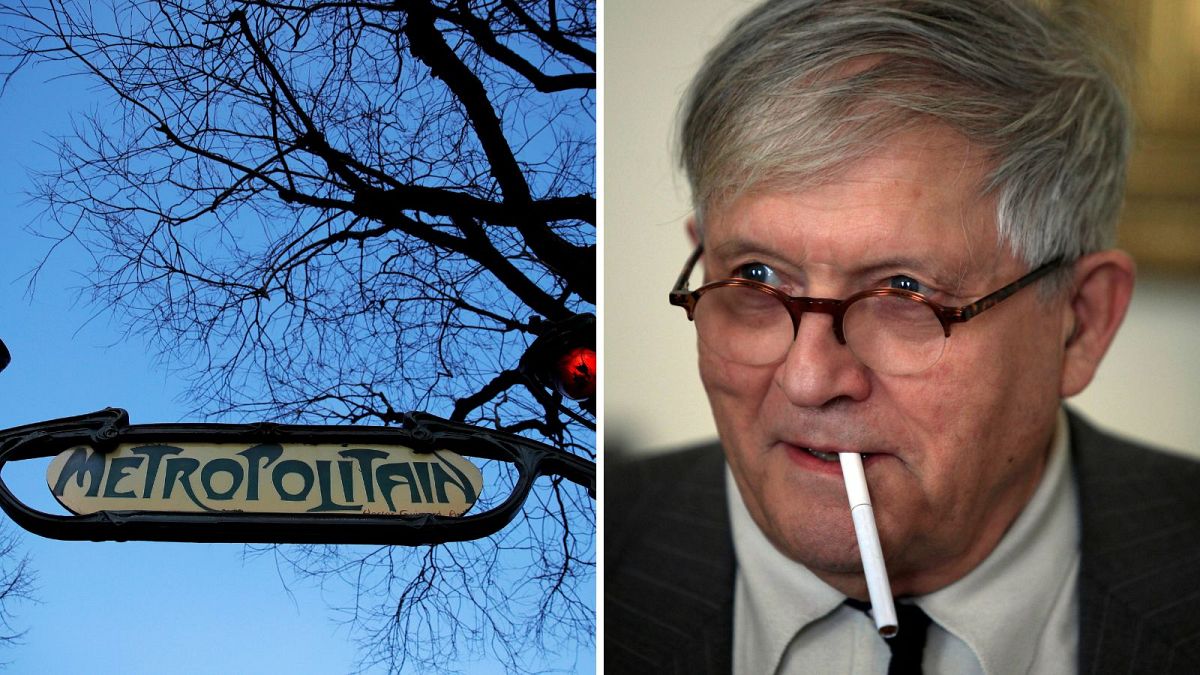



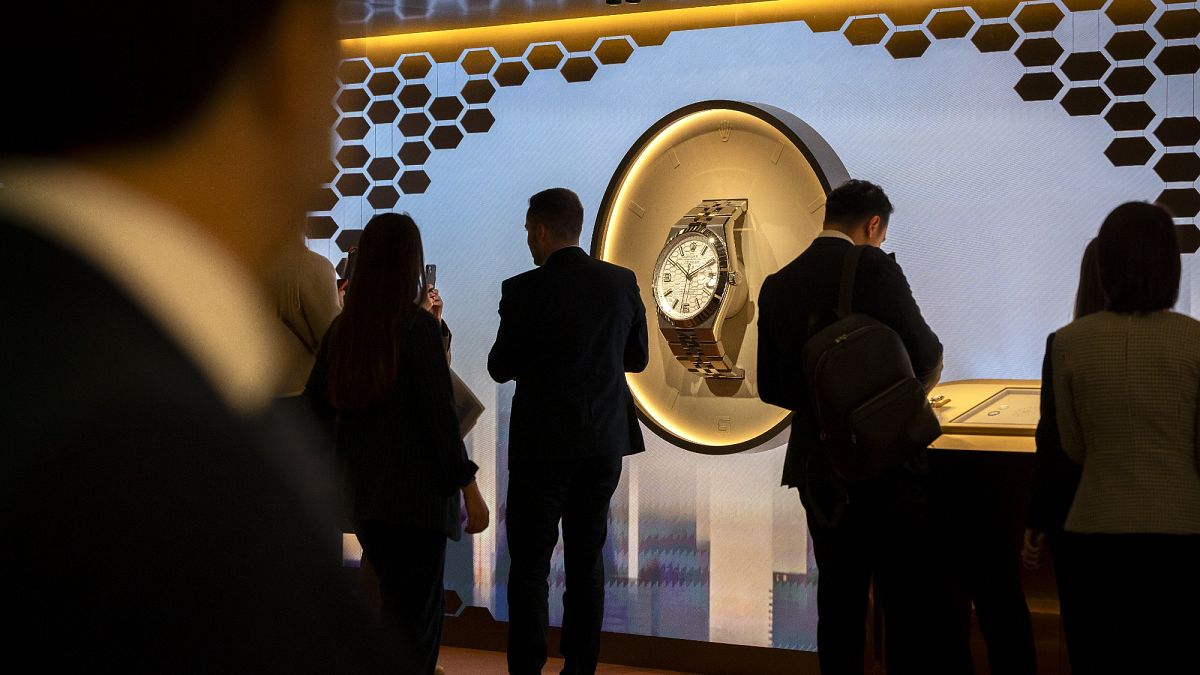
 We deliver critical software at unparalleled value and speed to help your business thrive
We deliver critical software at unparalleled value and speed to help your business thrive

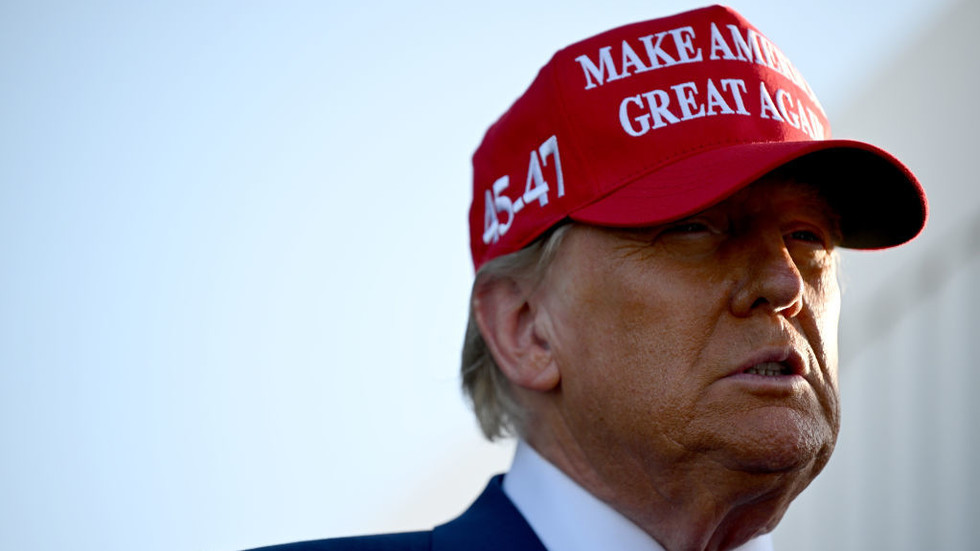

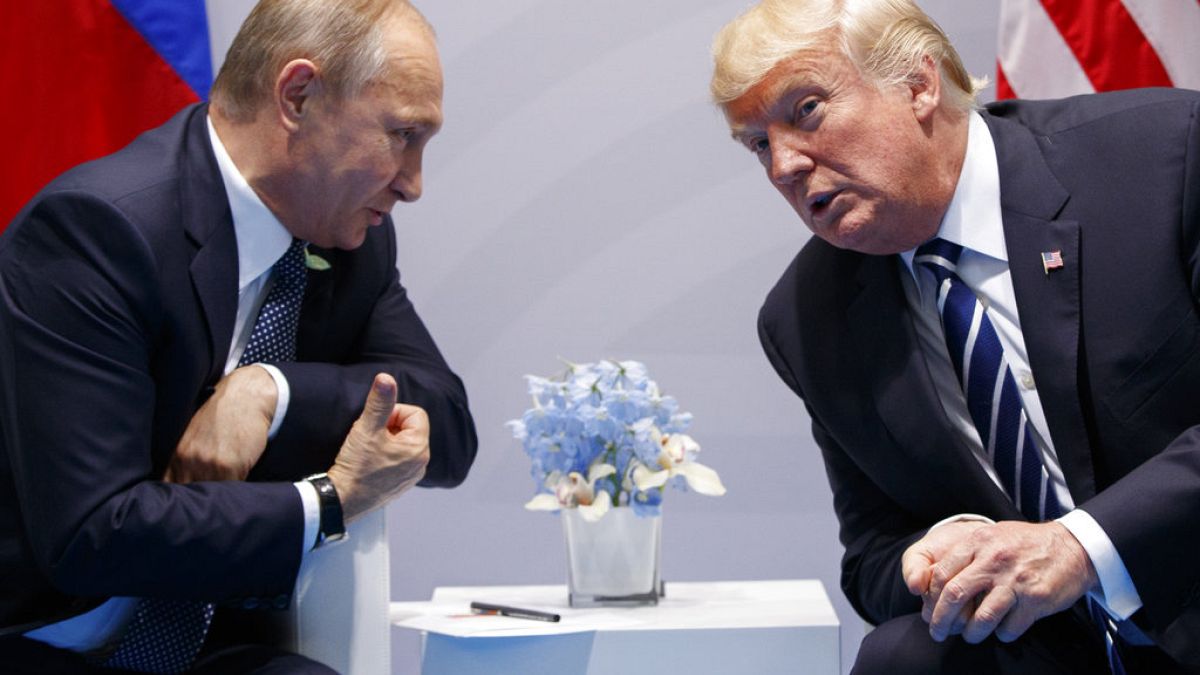


 English (US) ·
English (US) ·